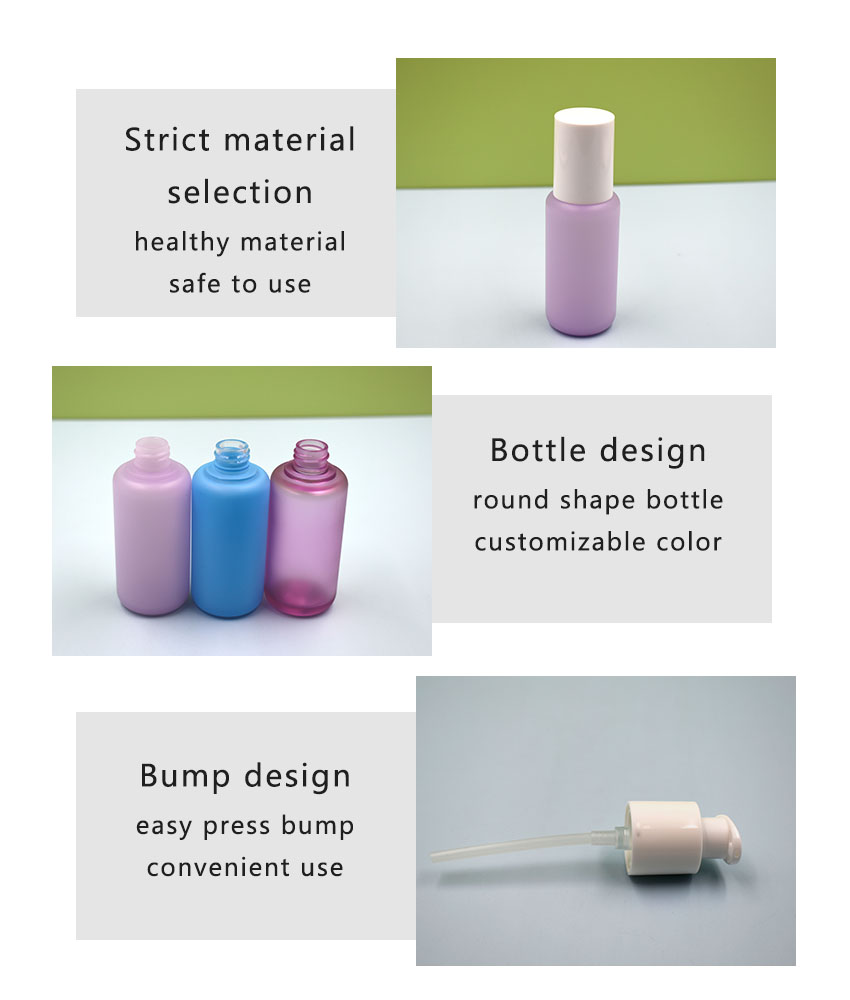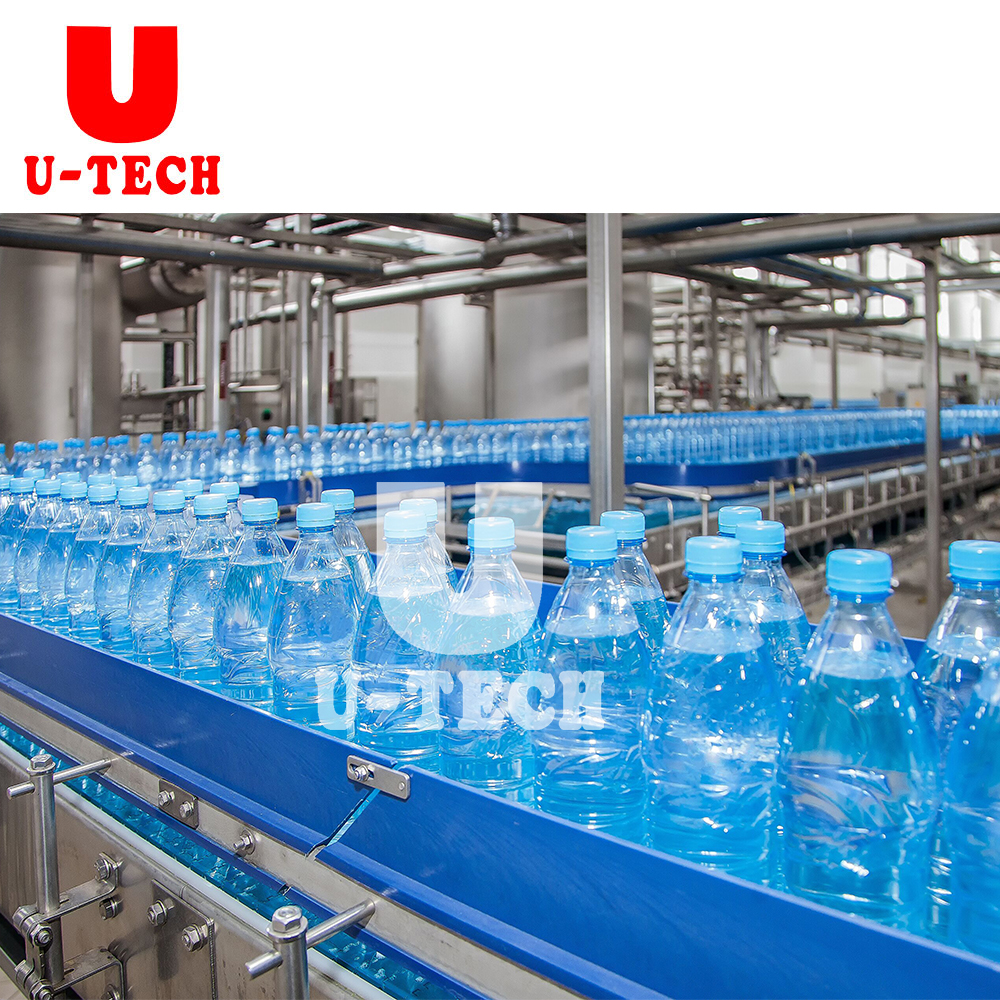How to Make PET Bottle: A Comprehensive Guide to the PET Bottle Production Process
#### IntroductionPET bottles, made from polyethylene terephthalate, are one of the most widely used types of plastic bottles in the world. They are lightwei……
#### Introduction
PET bottles, made from polyethylene terephthalate, are one of the most widely used types of plastic bottles in the world. They are lightweight, durable, and recyclable, making them a popular choice for packaging beverages, cosmetics, and household products. In this article, we will explore how to make PET bottles, detailing the entire production process from raw materials to finished products.
#### Understanding PET Material
Before we delve into how to make PET bottles, it's essential to understand what PET is. PET is a thermoplastic polymer that is formed by the polymerization of ethylene glycol and terephthalic acid. It has excellent clarity, strength, and resistance to impact and chemicals, making it ideal for bottle manufacturing.
#### The Raw Materials
The primary raw materials for making PET bottles are:
1. **Ethylene Glycol**: A colorless, odorless liquid that is a key ingredient in the production of PET.
2. **Terephthalic Acid**: A white crystalline powder that, when combined with ethylene glycol, forms PET through a polymerization process.

#### The Production Process
Now, let’s break down how to make PET bottles into several key steps:
##### 1. Polymerization
The production of PET begins with the polymerization process, where ethylene glycol and terephthalic acid are heated together in a reactor. This reaction produces a long-chain polymer known as PET. The process can be done through two main methods: batch polymerization and continuous polymerization.
##### 2. Extrusion
Once the PET polymer is produced, it is cooled and then extruded into small pellets. These pellets can be easily transported and stored. The extrusion process involves melting the PET and forcing it through a die to create strands, which are then cooled and cut into small pieces.

##### 3. Injection Molding
The next step in how to make PET bottles is injection molding. The PET pellets are fed into an injection molding machine, where they are melted again and injected into a mold that shapes the bottle preform. The preform is a small, test-tube-shaped piece that will later be expanded into the final bottle shape.
##### 4. Stretch Blow Molding
After the preforms are created, they undergo a process called stretch blow molding. The preform is heated and then placed into a mold. Air is injected into the preform, causing it to expand and take the shape of the mold. This process not only shapes the bottle but also increases its strength and clarity.
##### 5. Quality Control
Once the bottles are formed, they go through a rigorous quality control process. This includes checking for defects, measuring dimensions, and testing for strength and clarity. Ensuring that the bottles meet industry standards is crucial for safety and functionality.

#### Recycling and Sustainability
An essential aspect of how to make PET bottles is the consideration of sustainability. PET bottles are 100% recyclable, and many companies are now focusing on using recycled PET (rPET) in their production processes. This not only reduces waste but also conserves resources and energy.
#### Conclusion
In summary, understanding how to make PET bottles involves a detailed process that starts with raw materials and ends with the final product. From polymerization to recycling, each step plays a vital role in producing high-quality PET bottles. As the demand for sustainable packaging increases, the PET bottle industry continues to evolve, making strides in recycling and eco-friendly practices. By choosing PET bottles, consumers can contribute to a more sustainable future while enjoying the benefits of durable and lightweight packaging.